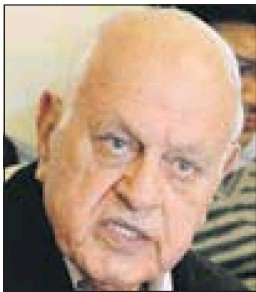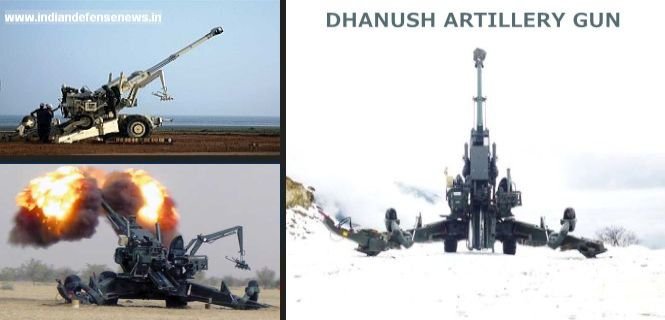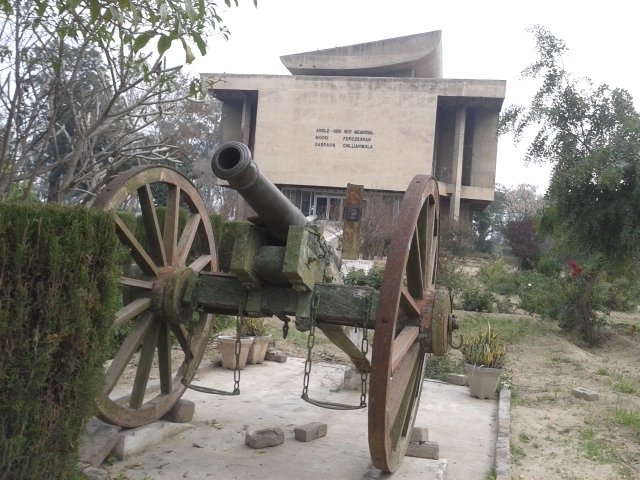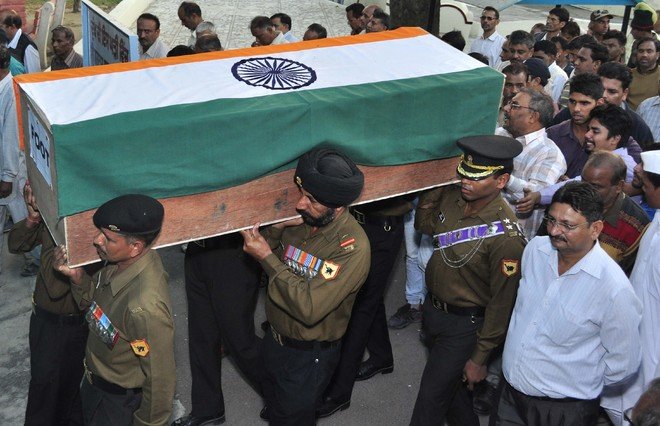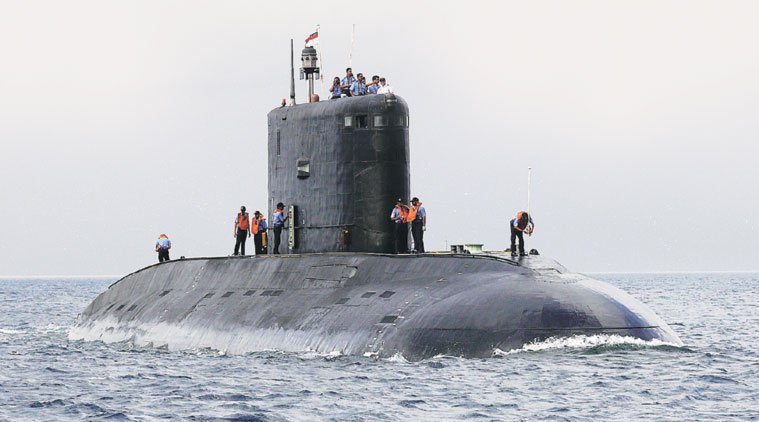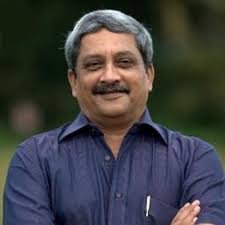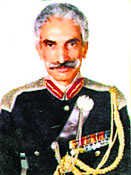Tribune News Service
Jammu, November 30

After China denied visa in 2010 to then Northern Command chief Lt Gen BS Jaswal, Lt Gen DS Hooda will be the first Northern Command chief to visit Beijing in mid- December this year.
Lt Gen Hooda will be meeting his Chinese counterpart. In August 2010, India had cancelled defence exchanges with China after Beijing refused to allow the visit of Lt Gen Jaswal because he was responsible for Jammu and Kashmir, a state that China maintained was disputed.
“The General Officer Commanding-in-Chief, Northern Command, Lt Gen DS Hooda is likely to visit China in mid-December. The exact date of his visit will be intimated later,” said defence spokesperson Col SD Goswami.
After the denial of visa to Lt Gen Jaswal, New Delhi had refused permission to two Chinese defence officials to come to India for a course at National Defence College. A subsequent visit by Indian military officials to China was also cancelled by India.
Taking a tough posture, New Delhi had told Beijing that the unexpected decision to block Lt Gen Jaswal’s visit to China was reason behind India’s reactionary decisions.
While both armies regularly hold border personnel meetings on the Line of Actual Control (LAC) in the Ladakh region, Lt Gen Hooda’s visit to China will definitely ensure more synergy and understanding between the two sides, said Army sources.
During Lt Gen Hooda’s visit, the talks will be held on maintaining tranquillity on the LAC in order to avoid stand-offs, the sources added.
“Though we have had stand-offs on the LAC but notably not even a single bullet was fired between us because of various
border mechanisms in place to avoid any skirmishes. It also shows the resolve of both countries to maintain peace and tranquillity on the LAC,” said a source.
Defence exchanges stopped in 2010
In August 2010, India had cancelled defence exchanges with China after Beijing refused to allow the visit of then Northern Command chief Lt Gen Jaswal because he was responsible for J&K, a state that China maintained was disputed
Lt Gen Hooda will now be holding talks with his Chinese counterpart on maintaining tranquillity on the Line of Actual Control

